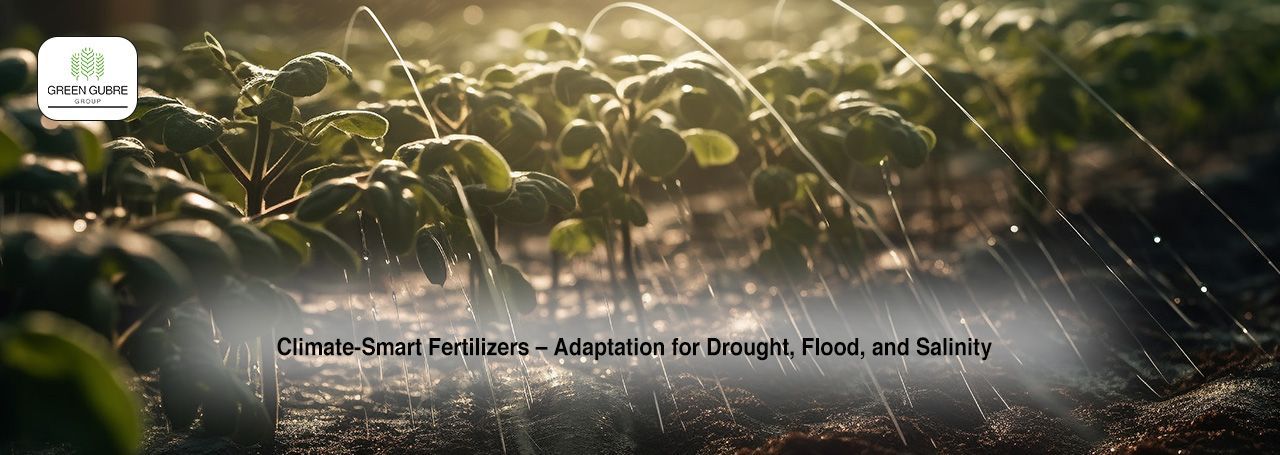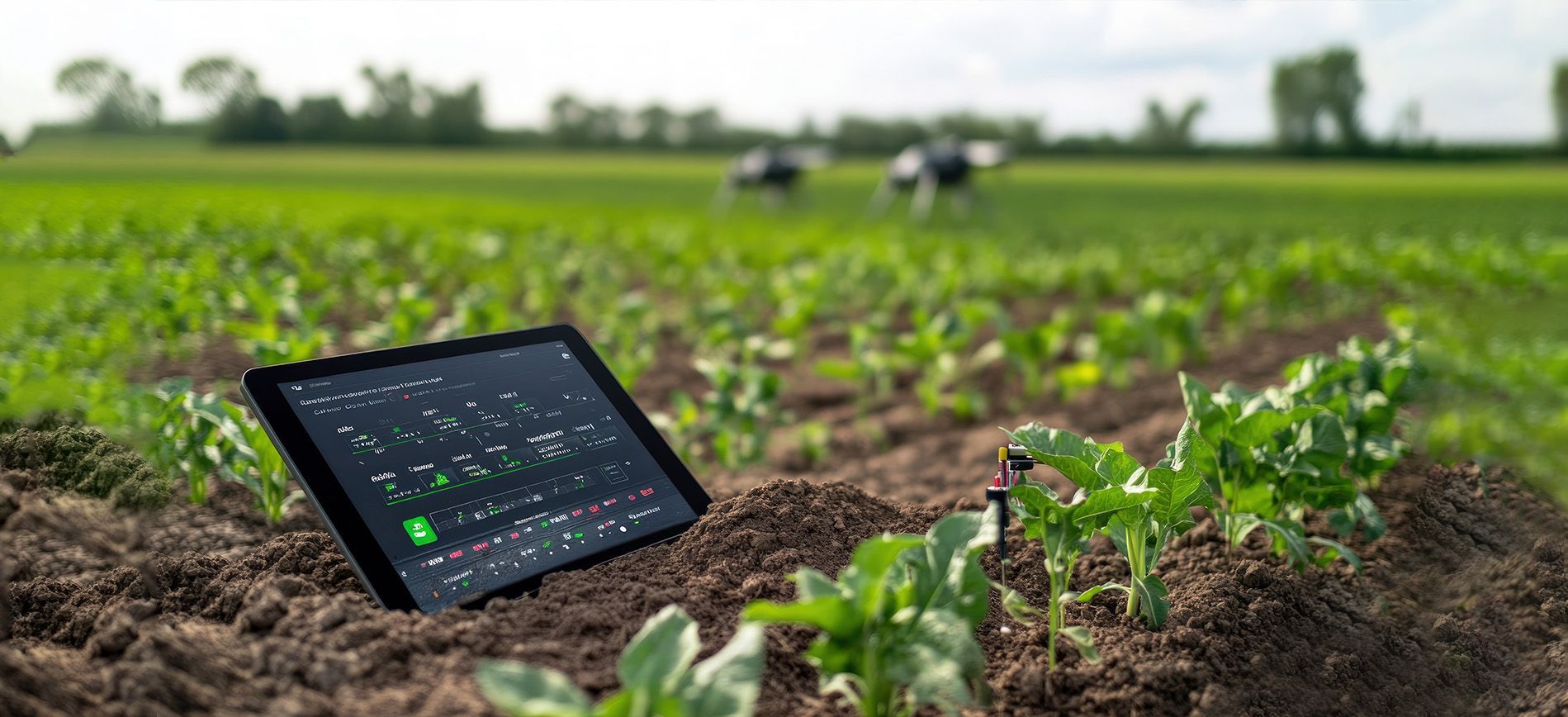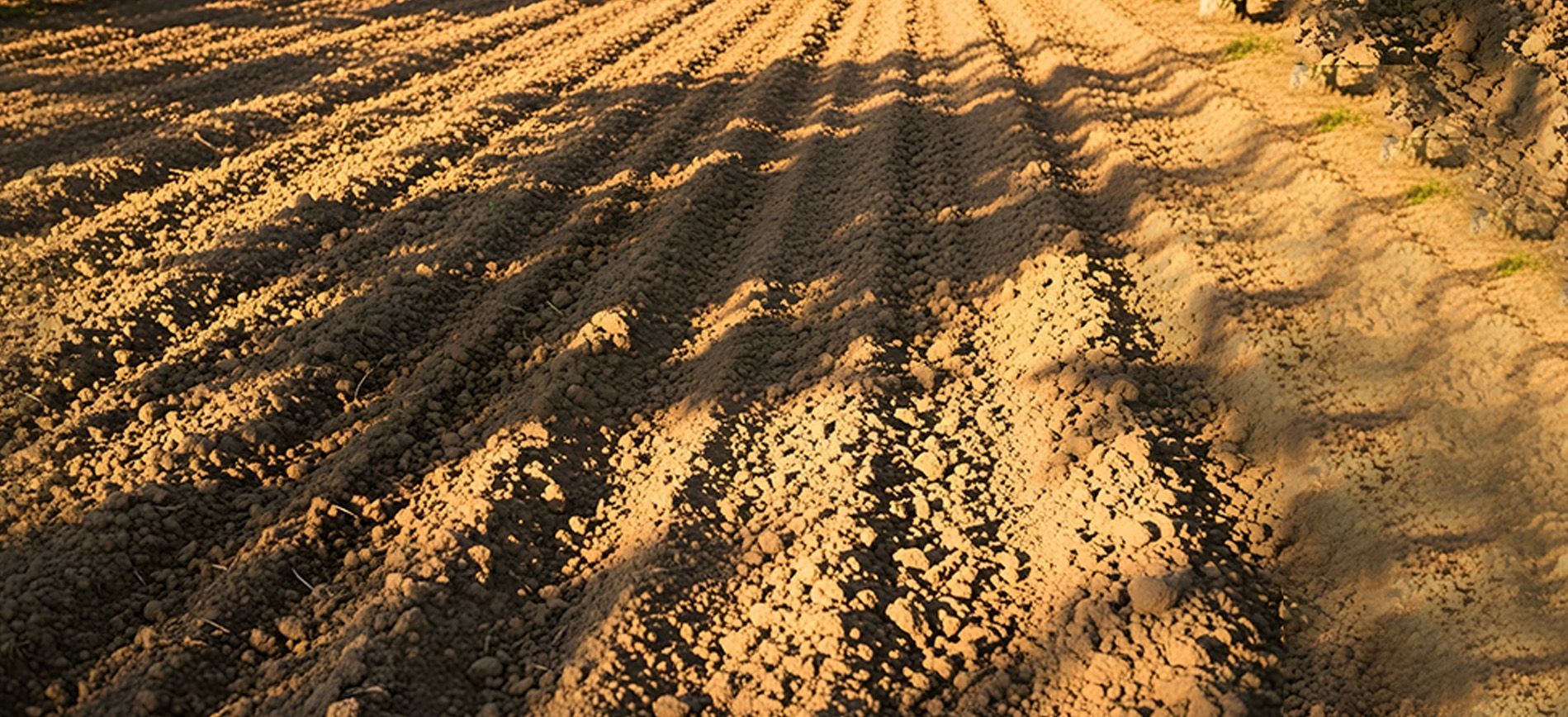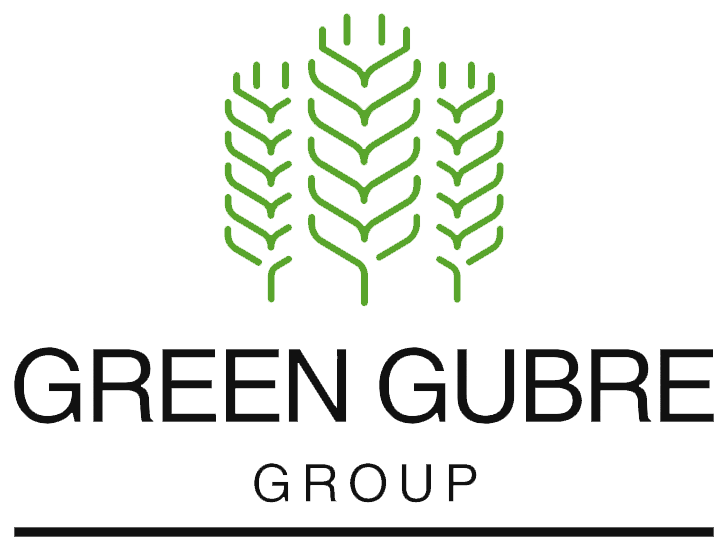Climate-Smart Fertilizers – Adaptation for Drought, Flood, and Salinity
Climate-Smart Fertilizers – Adaptation for Drought, Flood, and Salinity
Introduction: Fertilizer Innovation for a Changing Climate
Climate change is not a distant threat—it’s already impacting agriculture with erratic rainfall, prolonged droughts, flooding, and rising soil salinity. These environmental stressors reduce crop yields and jeopardize food security, particularly in vulnerable regions across Africa, Asia, and coastal Latin America.
To confront these challenges, fertilizer producers are developing
climate-smart fertilizers—formulations explicitly designed for
stressed soils, with enhanced nutrient-use efficiency and crop resilience. This blog explores the science, application, and regional relevance of such solutions.
1. What Are Climate-Smart Fertilizers?
Climate-smart fertilizers are nutrient products formulated to:
- Withstand harsh soil and weather conditions
- Reduce nutrient losses caused by leaching or volatilization
- Support sustainable crop yields under climatic stress
Key characteristics include:
- Slow- or controlled-release urea
- Potassium- and sulfur-enriched NPK blends
- Chelated micronutrients for better uptake in poor soils
- Organic-mineral hybrids to improve soil structure
2. Solutions for Drought-Prone Regions
Drought diminishes nutrient availability by limiting soil moisture. Fertilizers that perform well in dry conditions include:
- Coated urea (e.g., sulfur-coated or polymer-coated) that delays nitrogen release until moisture is present
- Potassium sulfate to boost water-use efficiency and root osmotic adjustment
- Silicon-based fertilizers, which increase drought tolerance in cereals and sugarcane
Examples:
- Sahel and Horn of Africa: Controlled-release N and K blends for millet and sorghum
- Western India: Potash and boron-enriched blends for groundnuts and pulses
3. Fertilizers for Flooded or Waterlogged Soils
Excess water reduces oxygen availability and leads to denitrification losses. Ideal solutions include:
- Ammonium sulfate or urea stabilized with nitrification inhibitors
- Zinc and manganese additions, which are often deficient in anaerobic soils
- Coated DAP or NPK blends that prevent premature dissolution
Examples:
- Bangladesh and Myanmar: Sulfur- and zinc-enriched blends for rice
- Vietnam and the Mekong Delta: Flood-adapted micronutrient NPKs
4. Fertilizer Innovations for Saline Soils
Saline soils, particularly in coastal and irrigated regions, hinder nutrient uptake due to high salt content. Climate-smart solutions include:
- Potassium nitrate to reduce sodium toxicity
- Calcium ammonium nitrate (CAN) for improved root function
- Organic acids and biofertilizers that increase salt tolerance through microbial action
Examples:
- Nile Delta (Egypt): CAN and potassium sulfate for tomatoes and wheat
- Pakistan’s Indus Basin: Biofertilizer-integrated NPKs for cotton
5. Region-Specific Climate-Fertilizer Programs
Across the globe, governments and agri-tech startups are integrating climate-smart fertilization into broader resilience strategies:
- India’s PM-PRANAM initiative supports climate-resilient fertilizers in arid zones
- Brazilian EMBRAPA promotes potassium-enriched blends for sugarcane
- East Africa’s agro-dealer networks offer coated urea for maize in semi-arid areas
Green Gubre Group – Empowering Climate-Ready Agriculture
At Green Gubre Group, we specialize in sourcing and distributing climate-smart fertilizers tailored for:
- Drought-prone lands with coated urea and potassium-rich blends
- Flood-prone farms need stabilized nitrogen and micronutrients
- Saline-affected areas with nitrate-based and calcium-enhanced solutions
We also support clients in building resilience through:
- Soil testing and fertilizer planning
- Custom regional NPK formulations
- Technical support for climate-smart product use





